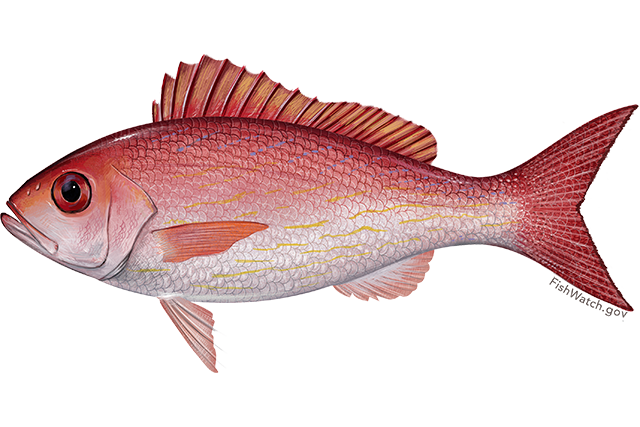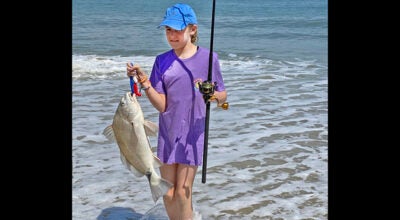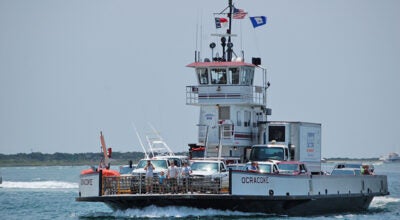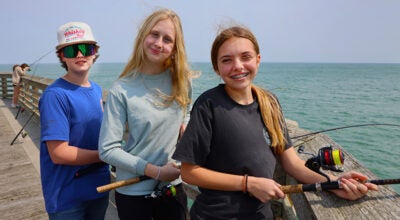NOAA Fisheries increases observer coverage for south Atlantic snapper-grouper fishery
Published 2:07 pm Wednesday, August 3, 2022

- Vermilion snapper. NOAA image
|
Getting your Trinity Audio player ready...
|
NOAA Fisheries has determined that the snapper-grouper fishery would benefit from increased observer coverage. The increased coverage began July 1, 2022.
NOAA’s Fishery Bulletin 22-045 with the observer coverage information was issued July 15, 2022.
“Previously, only commercial vessels with vertical line gear had observer coverage. The increased coverage will now include vessels using all gear types,” stated the bulletin.
“The goal,” stated the bulletin, “is to increase the number of fishing days with an observer in this fishery from 52 to 650. This would increase observer coverage to 2.75% of the overall effort. In addition, the number of vessels selected per year will increase from an average of 92 to 400.
NOAA Fisheries expects that the increased observer coverage will lead to better decisions about populations and their abundance. The information will be used to verify coastal logbook catch rates, counts of discarded fish, measurements of discarded fish and the catch per unit effort for the commercial sector, stated the bulletin:
“The increase of observer coverage applies to all South Atlantic snapper-grouper commercial permit holders (limited and unlimited) no matter what gear types they use. Also, on a quarterly basis, a new subset of vessels will be randomly selected and notified in advance that they will be observed. This selection will be projected based on past industry efforts.”
The bulletin reports that “NOAA Fisheries works with the South Atlantic Fishery Management Council to manage the snapper-grouper populations off the coasts of North and South Carolina, Georgia, and the east coast of Florida. Historically the observer data have been lacking from the South Atlantic snapper-grouper fishery. That fishery was identified as benefiting most from increased observer coverage, which will help inform the upcoming species population assessments.”






